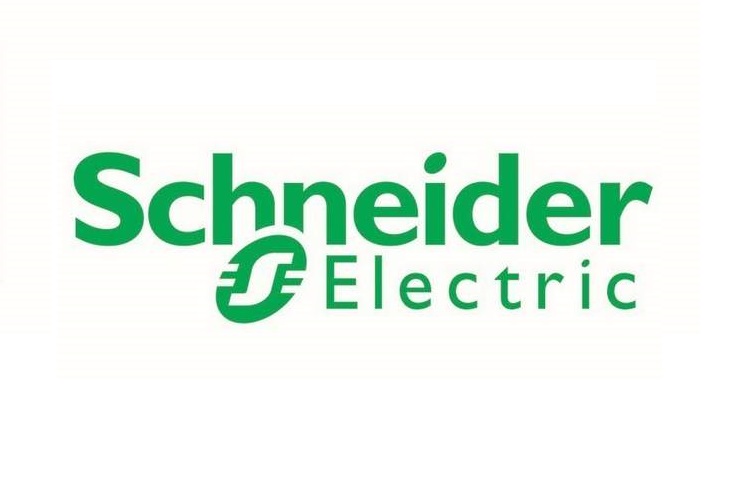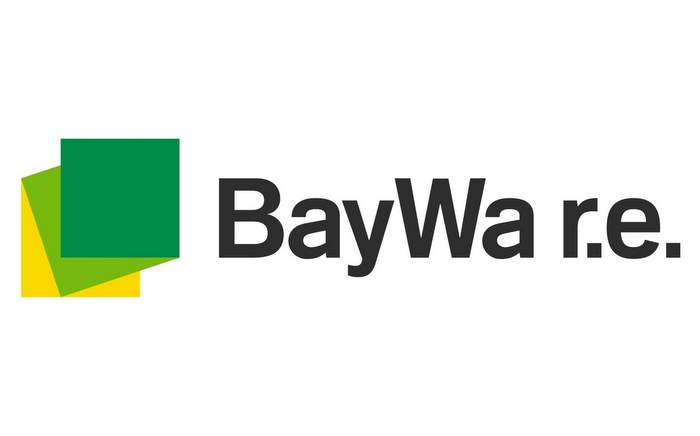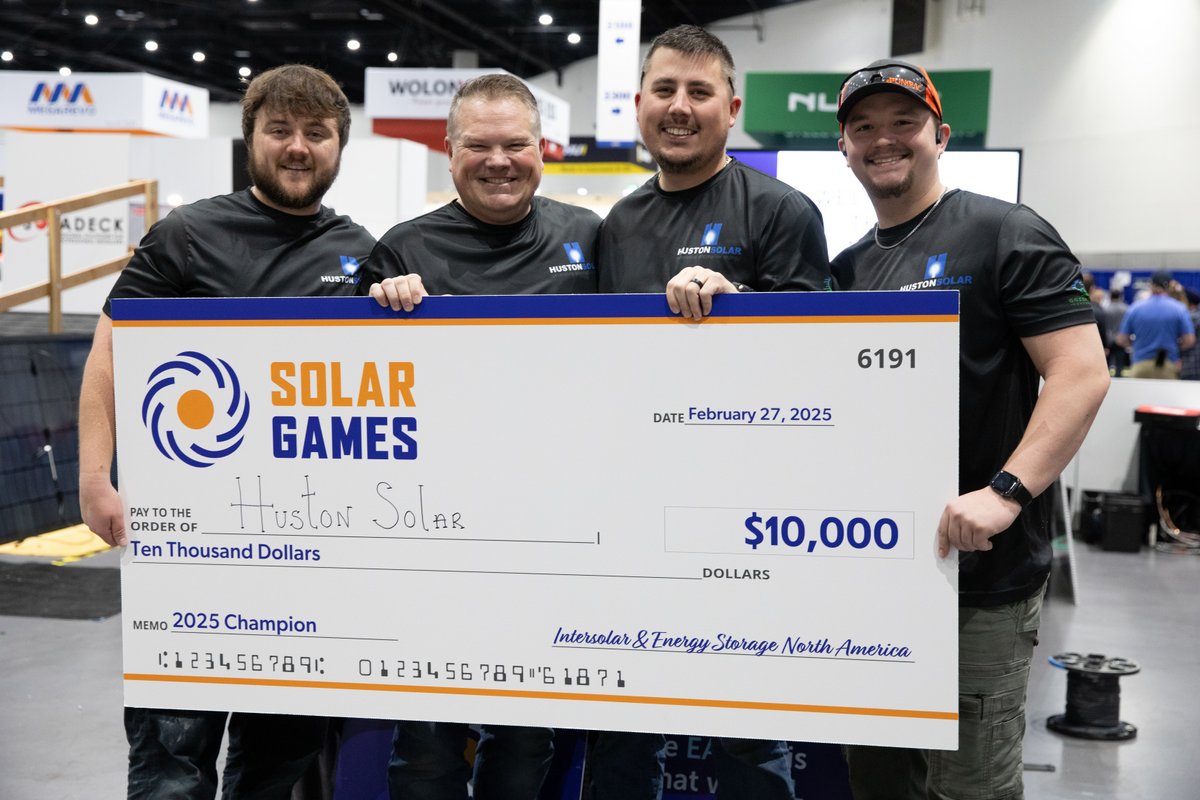Sunrun, BGE, and Ford activate residential vehicle-to-grid power plant with three customers
Pilot program in Maryland shows how Ford F-150 Lightning batteries can stabilize the grid, cut costs, and create new income streams for EV owners

Three pickup trucks are proving just how far electric vehicles can go without ever leaving the driveway.
This summer, Sunrun and Baltimore Gas and Electric (BGE) began dispatching stored energy from customers’ Ford F-150 Lightning trucks to the grid during peak demand hours, marking the launch of America’s first residential vehicle-to-grid (V2G) distributed power plant. The program uses Ford and Sunrun’s Home Integration System, which enables bidirectional power flow between vehicle, home, and grid.
How the program works
The pilot, which builds on last year’s vehicle-to-home backup initiative, now allows enrolled EV owners to export stored energy between 5 p.m. and 9 p.m. on weekdays. Customers earn up to $1,000 for the summer-fall dispatch season, with payments tied to the volume of electricity shared.
For now, the pilot is limited to three Ford F-150 Lightning owners in Baltimore City, but the program demonstrates how even a small number of EV batteries can begin to function as a distributed power plant.
“Vehicle-to-grid technology lets electric vehicles do more than just drive—they can actually help power our homes and communities,” said Divesh Gupta, Director of Clean Energy Solutions at BGE.
Want to go deeper on vehicle-to-load (V2L)?
We’re hosting a free webinar that explores how EVs can serve as flexible backup power for homes and businesses. FranklinWH will break down the latest V2L use cases, technology advances, and what installers need to know as this market grows.
Date: Sept. 29 at 1 pm EDT
Register here to join live or watch on-demand
Grid benefits and customer incentives
Extreme heat pushed the eastern U.S. grid to alert levels earlier this year, underscoring the need for new sources of flexible power. With each truck able to dispatch roughly 130 kWh, obviously three vehicles alone will not stabilize the grid. But the pilot is less about raw capacity and more about proving out the technology, compensation model, and customer experience that could scale to thousands of vehicles. By tapping the large batteries inside parked vehicles, utilities can reduce strain, avoid expensive peaker plants, and improve reliability for all customers.
Sunrun CEO Mary Powell called the milestone “a demonstration of the critical role that vehicle batteries can play in powering the nation’s grid, accelerating American energy independence and dominance.”
Ford emphasized the customer upside as well. “Enabling customers to not only power their homes, but send power directly back to the grid in times of need helps customers with financial incentives, utilities with more power capacity, and society through more grid reliability and sustainable energy practices,” said Bill Crider, senior director of global charging and energy services.
Looking ahead
For participants like Baltimore resident Morgan Grove, the program adds to the value proposition of EV ownership: “I bought the Ford F-150 Lightning for several reasons, one of them being the ability to power our home during an outage. Now, I can also earn money by sending energy directly to the grid.”
Maryland policymakers see the pilot as a model for scaling customer-centered solutions. Delegate David Fraser-Hidalgo, sponsor of the state’s 2024 DRIVE Act, said this kind of collaboration was exactly what lawmakers hoped to encourage.
With utilities, automakers, and solar providers aligned, the Maryland pilot signals a path toward wider adoption of V2G technology—where millions of parked EVs could double as distributed power plants in the years ahead.





Comments are closed here.